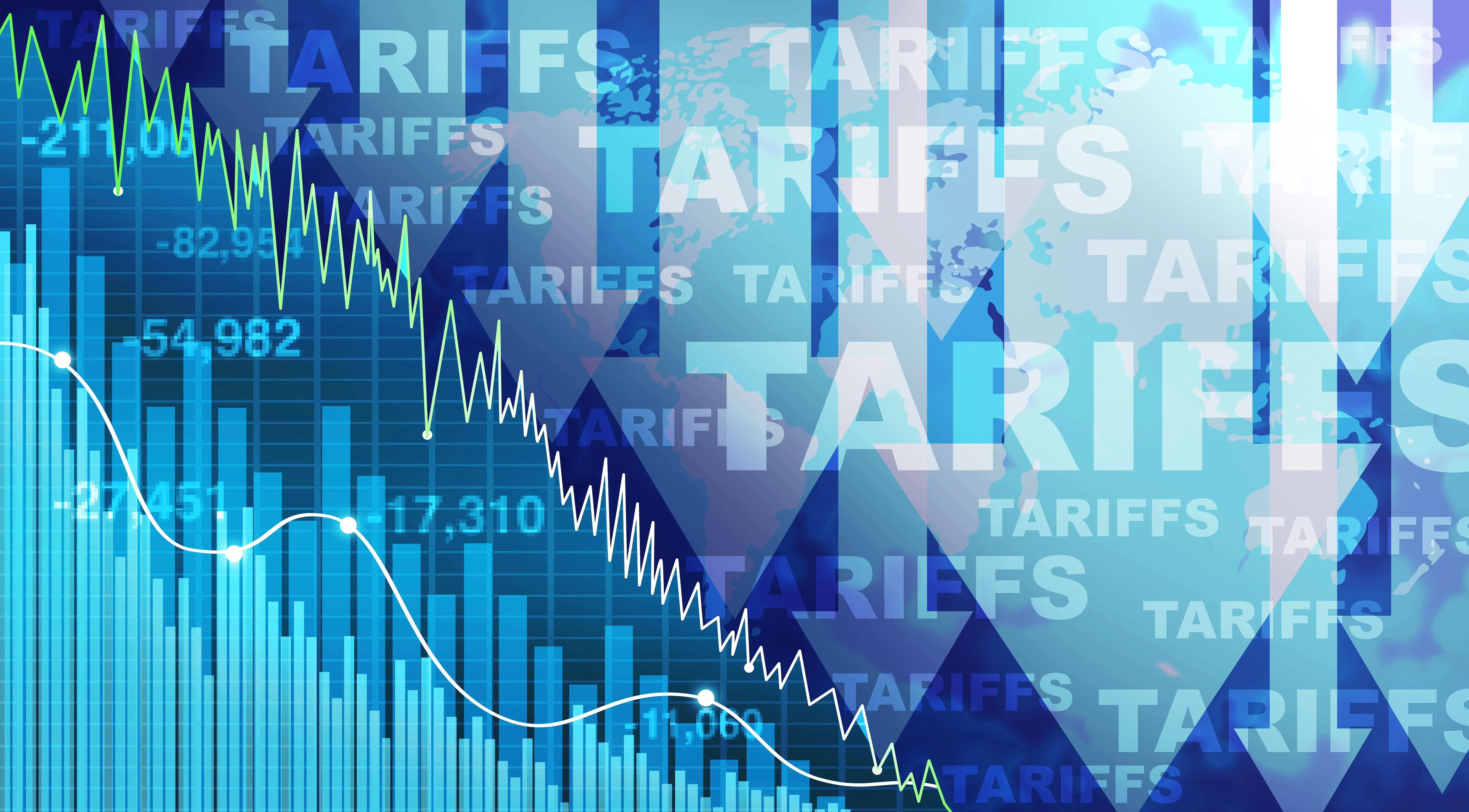
So much has been made in recent months about the Trump administration’s on-again, off-again tariffs that the nation’s minds (and businesses’ financial projections) are spinning faster than your 401k balance. While headlines have focused on specific percentages on specific goods from specific countries (25% on autos from Japan, for instance), reporting has often overlooked the concept of tariffs from a broader perspective through American history.
A tariff is a duty (i.e. tax) on imports. Paid by the importing country, a tariff can raise federal revenue, as well as encourage the purchase of domestic-made goods (i.e. so one can avoid paying the tariff on imports)—potentially increasing domestic manufacturing and creating jobs. On the other hand, by discouraging import trade by making it more expensive, tariffs can also increase the price of goods due to scarcity of supply and/or the passing of the cost of the tax on to consumers. They can also make the investors jittery, as we’ve seen from the recent roller coaster-level instability of global markets.
Tariffs are also be used as bargaining chips—for instance, as CNBC points out, in 1875 the U.S. signed a free-trade agreement with the Kingdon of Hawaii in exchange for the exclusive use of a port that would become known as Pearl Harbor. (This use of tariffs seems to be a motivating factor for the Trump administration; it remains to be seen how it all plays out.)
The word tariff—similar to “ta’rif,” Arabic for inventory—dates back in English usage to the 16th century. In the U.S.’s nascent years, George Washington signed the Tariff Act of 1789, just the second act ever passed by an American congress; that 5% levy on imports was needed to fund the government, as income taxes were still 124 years off.

As the U.S. emerged from World War II as the world’s lone economic superpower, tariffs decreased again, as economists favored a model of free trade to encourage economic activity across borders—a model that’s remained relatively untested until now. As actress Bette Davis famously observed, “Fasten your seatbelts…”
Did You Know?
The Three R’s
Tariff policy typically adheres to a model known as the Three R’s—revenue, restriction and reciprocity. Throughout American history, tariffs have been mostly established primarily with one of these three goals in mind.
- Revenue: Taxing imports to raise federal revenue—this was the primary purpose in the early days of the United States, when few other avenues existed to bring in cash.
- Restriction: Increasing the duty on imports renders them less attractive to buyers and therefore restricts import supply and strengthens domestic production. (This can also increase the price of goods for consumers.)
- Reciprocity: When one country raises a tariff, and the affected country raises there’s likewise in return. This can also work as a bargaining chip to lower tariffs or reach other agreements.



